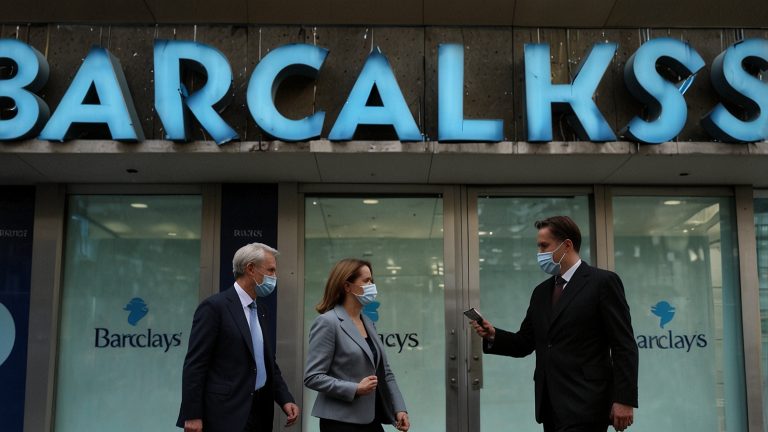Native advertising blends seamlessly with the content it accompanies, making it less intrusive and more engaging for readers. Native advertising defined by its ability to match the form and function of the platform where it appears, offering value while promoting a product or service. Unlike traditional ads that interrupt, native ads integrate smoothly with editorial content, delivering a message without disrupting the user experience.
Advertisers use native ads to build trust by providing content that feels natural and relevant. Instead of flashy banners or pop-ups, native ads are designed to look like part of the editorial feed, whether in a news article, social media post, or video. This format helps capture attention and encourages interaction, leading to higher engagement rates compared to more conventional ad types.
To create successful native ads, focus on relevance and quality. Craft content that aligns with the interests of your target audience, ensuring it provides valuable information. Whether it’s in the form of an article, video, or infographic, the content should feel informative and not overtly promotional. The more genuine and relevant the ad, the more likely it is to be embraced by users rather than ignored.
Native Advertising Complex Definition
Native advertising blends promotional content with the platform’s regular format, making it less intrusive and more engaging. The key is relevance–advertisements match the look, feel, and function of the content around them. This creates a seamless user experience, encouraging viewers to interact without feeling interrupted.
For advertisers, native ads offer a chance to reach audiences in a more organic way, increasing the likelihood of user engagement. It’s essential that the content provides value, whether through education, entertainment, or useful information. The goal is to craft ads that appear as a natural part of the media consumers already enjoy, like sponsored articles on news sites or promoted posts on social media.
Effective native advertising relies on a clear alignment with the host platform’s style and user expectations. When done correctly, it can increase both trust and awareness, without disrupting the user’s experience. Marketers need to ensure transparency by clearly labeling sponsored content to maintain authenticity and build lasting relationships with their audience.
How Native Advertising Blends with Editorial Content
Native advertising seamlessly integrates with editorial content by matching the format, style, and tone of the platform on which it appears. This approach ensures that ads feel like a natural extension of the surrounding content, rather than a disruptive interruption.
To achieve this blend, advertisers focus on crafting high-quality content that aligns with the audience’s interests, offering value in the same way that traditional editorial content does. A well-executed native ad is informative, entertaining, or otherwise engaging, encouraging users to interact with it as they would with a regular article or post.
The visual elements also play a significant role. Native ads typically follow the same design rules as editorial content, ensuring they don’t stand out too much. Subtle branding is used to ensure the ad is identifiable but still feels part of the page’s content flow.
Transparency is key in maintaining trust. Clear labeling, such as “sponsored†or “advertisement,†helps differentiate native ads from purely editorial content, while still allowing the ad to feel like it’s a meaningful part of the reader’s experience.
Successful native advertising relies on understanding the publication’s tone and audience. It should resonate with the reader, offering content that is relevant, informative, and non-intrusive. This level of integration can drive better engagement and a more positive reception from users, as the line between editorial and advertising becomes increasingly blurred.
Key Formats of Native Advertising in Digital Media
Native advertising thrives on blending seamlessly with the surrounding content. Different formats are used to fit the needs of various platforms, providing a non-disruptive user experience while still delivering brand messaging. Here are some key formats:
- Sponsored Articles: These are editorial-style pieces that are created by a brand or in collaboration with publishers. They align with the style and tone of the site, offering value to the reader while subtly promoting the brand’s message. Sponsored articles often include links or mentions of the brand within the content.
- In-Feed Ads: Common on social media platforms, these ads appear in users’ news feeds, appearing just like organic posts. They are designed to blend in with regular content, encouraging users to engage without feeling interrupted. They can be images, videos, or text-based posts.
- Sponsored Videos: These videos appear on platforms like YouTube or social media, seamlessly blending with other content. They provide entertainment, information, or solutions while promoting the brand in a less intrusive way. Sponsored videos typically look like regular video content but are tailored to the brand’s message.
- Recommended Content Widgets: These are blocks of content displayed at the end of articles, usually labeled as “Recommended for You†or “Suggested Articles.†These widgets promote both editorial content and branded posts, encouraging further engagement with both the content and the brand.
- Branded Content on Podcasts: Many podcasts feature branded content in the form of sponsorships, where the brand message is embedded within the podcast episode. Hosts integrate the brand’s message naturally into their conversations, creating a more authentic and engaging format.
- Display Ads with Native Elements: Some display ads are designed to mimic the surrounding editorial content, featuring similar design, style, and tone. These ads can appear as banner ads or pop-ups but are less intrusive and blend better with the content on the page.
These formats are effective because they allow brands to reach audiences without disrupting their experience. The key is ensuring the content matches the style and tone of the platform, maintaining a seamless integration that feels natural to the user. Understanding which format works best for your audience and platform is key to executing a successful native advertising strategy.
Want to be a pro digital marketer? Learn more about video native ads here – https://www.mgid.com/blog/the-ultimate-native-video-advertising-handbook
Measuring Audience Response to Native Ads
Track engagement metrics such as click-through rates (CTR), time spent on the content, and social shares to evaluate how well native ads resonate with your audience. These indicators provide immediate feedback on the ad’s appeal and relevance.
Use sentiment analysis to gauge the emotional response. Tools like Natural Language Processing (NLP) can assess whether the audience perceives the ad positively or negatively based on their comments and interactions.
Monitor conversion rates to see if native ads lead to desired actions, such as sign-ups or purchases. This reveals the effectiveness of the ad in driving user behavior beyond just attention.
Incorporate A/B testing to compare different versions of the ad. By analyzing which elements (e.g., images, copy, or headlines) perform better, you can refine future native advertising campaigns.
Consider tracking brand recall through surveys or post-campaign studies. These insights help determine if the audience remembers the ad and its associated brand, measuring long-term impact.
Lastly, review the context in which the native ad appears. Ads integrated smoothly within relevant content tend to generate more positive responses, as users are less likely to feel interrupted or misled. Context is key in measuring success.













 Bitcoin
Bitcoin  Ethereum
Ethereum  Tether
Tether  XRP
XRP  Solana
Solana  USDC
USDC  Cardano
Cardano  TRON
TRON  Lido Staked Ether
Lido Staked Ether  Avalanche
Avalanche  Toncoin
Toncoin